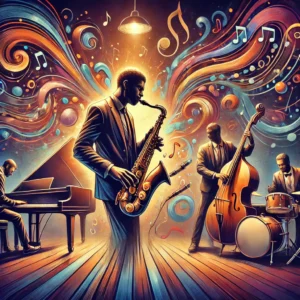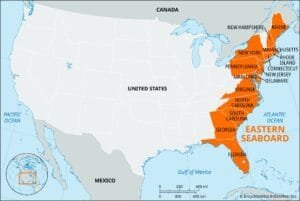Introduction to Atypical Jazz
Atypical jazz represents a significant departure from traditional jazz forms, characterized by its unconventional structures, innovative rhythms, and varied instrumentation. Unlike classic styles such as swing or bebop, atypical jazz frequently incorporates elements from various genres, including classical, avant-garde, and even electronic music. This eclectic nature allows for a broad range of expression, catering to musicians eager to push the boundaries of musical norms.
The emergence of atypical jazz can be traced back to the mid-20th century, coinciding with significant societal changes and artistic movements. Jazz musicians began to explore new ideas and challenge the established norms, often seeking to reflect the complexities of a rapidly changing world. This experimentation led to the development of sub-genres such as free jazz and jazz fusion, both of which embody the spirit of atypical jazz.

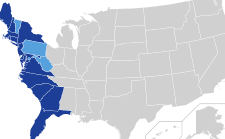


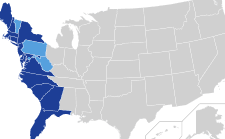


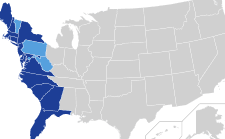

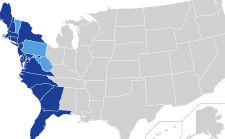
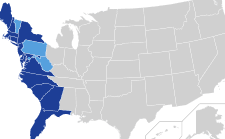

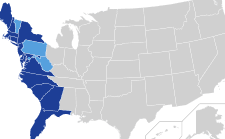




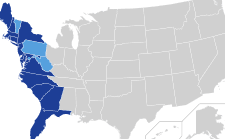
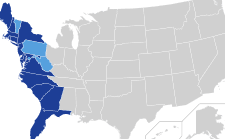
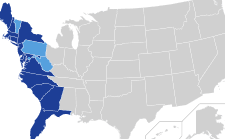


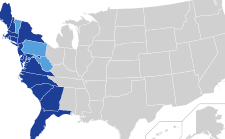






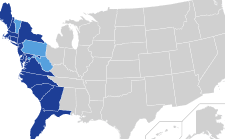
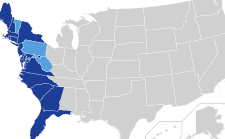
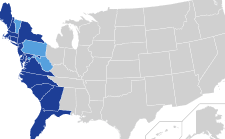









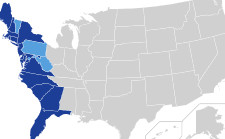




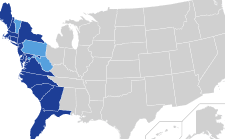
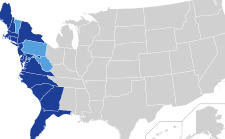

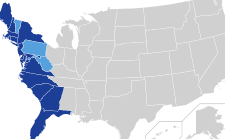

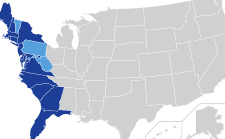
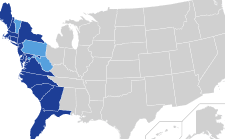
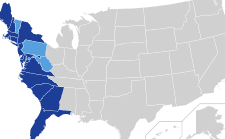
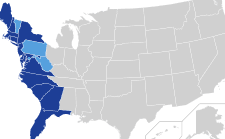





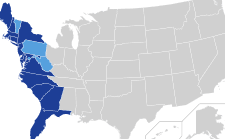


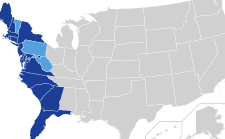


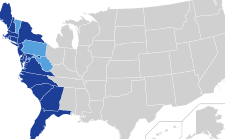








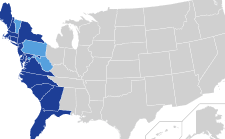
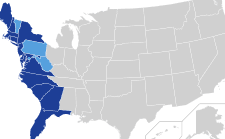
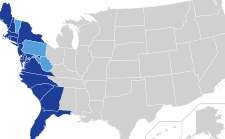

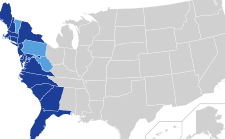



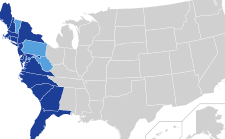

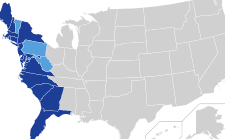


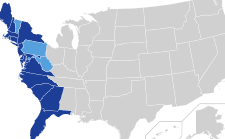
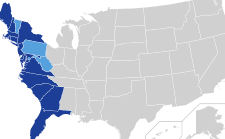

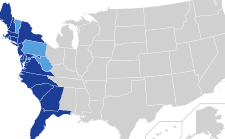


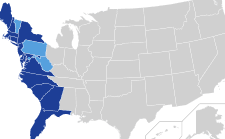




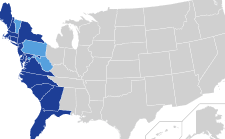


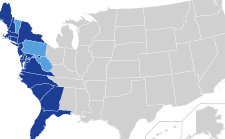
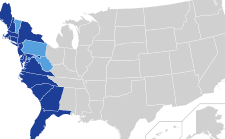
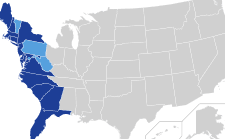
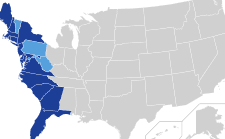

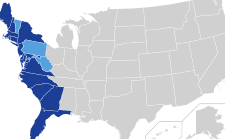
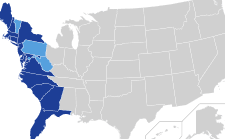


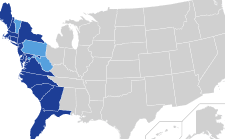
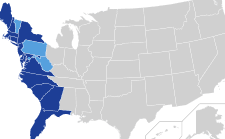


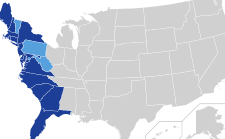

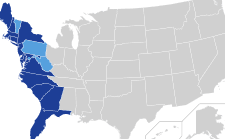
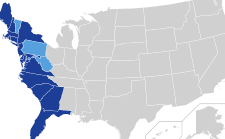
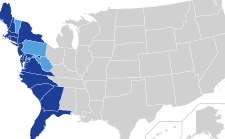
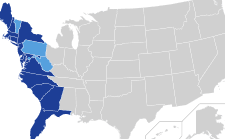





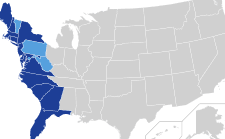

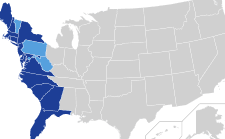
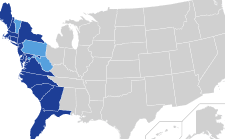
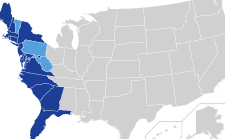



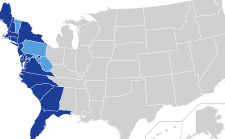



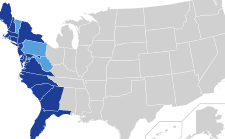



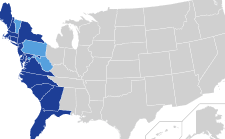



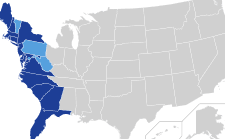
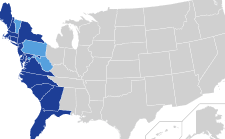
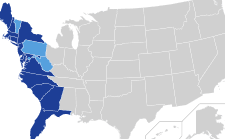
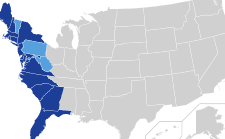


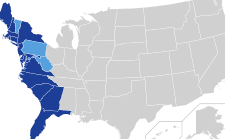



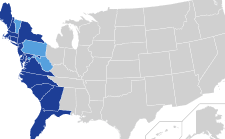



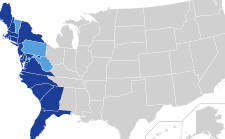



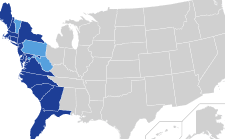

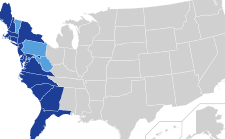





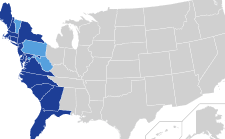
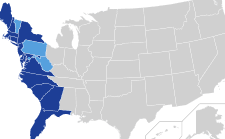
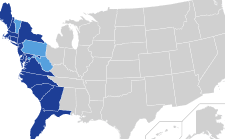
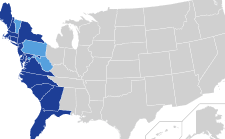
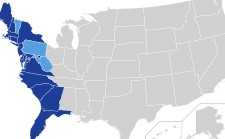
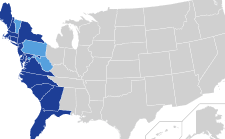
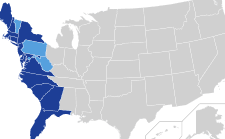





Atypical jazz is defined by its free-form compositions, where musicians often engage in improvisational play, allowing for spontaneous creation and collaboration. This contrasts sharply with the more structured forms of traditional jazz that prioritize adherence to specific chord changes and melodies. In essence, atypical jazz celebrates individuality and originality, inviting musicians to express their unique voices.
In terms of instrumentation, atypical jazz often includes instruments beyond the traditional jazz ensemble. The inclusion of synthesizers, electric instruments, and non-Western instruments expands the sonic palette, leading to diverse musical textures. The significance of atypical jazz within the broader jazz landscape cannot be understated, as it challenges preconceived notions of what jazz can be and inspires future generations of artists to explore new frontiers in their musical journeys.
Historical Roots of East Coast Atypical Jazz
East Coast atypical jazz finds its origins deeply embedded in the rich cultural tapestry of the region, particularly in cities like New York City, Philadelphia, and Boston. The inception of this unique jazz style can be traced back to the early 20th century, when musicians began to experiment with various musical forms. These influences included ragtime, blues, and the emerging sound of swing. As jazz evolved, it took on distinctive traits that reflected the urban experiences of its artists.
During the Harlem Renaissance of the 1920s, New York City emerged as a focal point for cultural innovation. It was here that African American musicians gathered in clubs and speakeasies, cultivating an environment ripe for experimentation. The characteristic rhythms and improvisational spirit of atypical jazz flourished, supported by influential genres such as bebop and cool jazz, which diverged from traditional jazz norms. Musicians like Thelonious Monk and Charles Mingus began to spearhead this movement, each infusing their unique voice into the East Coast jazz scene.
Furthermore, the contributions of legendary musicians such as John Coltrane and Ornette Coleman cannot be overlooked. Coltrane’s pioneering modal jazz bridged traditional techniques with avant-garde elements, while Coleman’s free jazz challenged conventional structures. This innovative spirit fostered a landscape where South African, Eastern European, and Afro-Cuban rhythms mingled with American jazz, creating a rich and diverse auditory experience.
The East Coast’s jazz scene was not only marked by musical evolution but also by the cultural shaping of the communities within it. The blending of immigrant musical traditions and African American artistic expression birthed a unique sound that continues to influence artists today. The historical roots of East Coast atypical jazz reflect a vibrant mix of innovation and tradition, making it a noteworthy counterpart in the larger narrative of jazz history.
Historical Roots of West Coast Atypical Jazz
West Coast atypical jazz emerged as a distinct genre in the mid-20th century, primarily within urban centers like Los Angeles and San Francisco. Unlike its East Coast counterpart, which was heavily influenced by the blues and traditional jazz forms, the West Coast sound adopted a more laid-back, relaxed vibe. This transformation began around the 1940s and was particularly resonant in California, which became a melting pot of diverse musical influences and cultural movements. The accessibility of the Pacific Coast and the burgeoning film industry in Hollywood attracted numerous musicians seeking new opportunities and artistic expression.
One of the defining characteristics of West Coast atypical jazz is its harmonic complexity, often showcasing intricate melodies and innovative arrangements. The genre incorporated elements from cool jazz and progressive jazz, distinguished by a more lyrical style and softer timbre compared to the hard-edged sounds typical of bebop prominent on the East Coast. Artists such as Chet Baker and Gerry Mulligan were instrumental in shaping this sound, blending their improvisational skills with lyrical melodies that resonated with a broader audience. Baker’s soft, melodic trumpet style and Mulligan’s baritone saxophone played essential roles in establishing the cool jazz aesthetic characteristic of the West Coast.
Moreover, the jazz scene in California was shaped by the cultural diversity of the region, leading to cross-pollination of genres and styles. African American, Latino, and European American musicians collaborated, resulting in unique compositions that incorporated influences from various musical traditions. Venues like the Black Hawk in San Francisco and the Lighthouse Café in Hermosa Beach became pivotal spaces for these artists to experiment, innovate, and showcase their music, further solidifying the identity of West Coast atypical jazz.
Key Characteristics of East Coast Atypical Jazz
East Coast atypical jazz is characterized by a unique convergence of harmonic complexity, improvisational techniques, and distinctive rhythmic patterns that set it apart from its West Coast counterpart. This regional style developed primarily during the mid-20th century, influenced by the vibrant cultural landscape of cities such as New York and Philadelphia. One of the defining elements of East Coast jazz is its intricate harmonic structures, which often explore advanced chord progressions and modal interchange. This complexity invites musicians to navigate challenging musical frameworks, creating a rich listening experience. Notable examples include the works of composers like Thelonious Monk and his iconic piece “Round Midnight,” which showcases this harmonic sophistication.
Improvisation in East Coast atypical jazz is often rooted in a more intricate dialogue between musicians, emphasizing interaction and spontaneous creativity. Performers frequently engage in collective improvisation, allowing them to explore their individual styles while contributing to a cohesive sound. The recordings of Ornette Coleman, particularly in “Free Jazz,” illustrate this approach by demonstrating how musicians can break traditional boundaries and reimagine jazz conventions. The captivating interplay between artists enhances the overall texture of their performances, reflecting the dynamic nature of this jazz style.
Rhythmic variations further distinguish East Coast atypical jazz, as musicians often incorporate complex time signatures and syncopation, challenging listeners’ expectations. Noteworthy tracks such as “A Love Supreme” by John Coltrane reveal how rhythmic experimentation can evoke emotional depth and intensity. This commitment to rhythmic innovation reflects the broader ethos of East Coast jazz, where artists continuously seek to push the limits of their craft. In summary, the defining characteristics of East Coast atypical jazz are deeply intertwined, creating a distinctive musical identity that continues to influence contemporary jazz musicians.
Key Characteristics of West Coast Atypical Jazz
West Coast atypical jazz, often recognized for its distinctive sound and approach, embodies several fundamental characteristics that set it apart from other jazz styles. One of the most notable features is its laid-back feel, which is characterized by a relaxed tempo and smooth rhythmic patterns. This spatial quality invites listeners to immerse themselves in the music, creating an inviting atmosphere that contrasts with the more frenetic pace often found in East Coast jazz.
Melodic improvisation stands out as another key element of West Coast jazz. Musicians favor catchy, singable melodies that are easy to follow yet provide ample room for creative expression. This focus on melody is often demonstrated in pieces such as “West Coast Blues” by Wes Montgomery, where the interplay of melody and improvisation forms the cornerstone of the composition. Furthermore, musicians typically employ a conversational style during solos, enhancing the listener’s engagement with the improvisational dialogue.
Another defining characteristic of this genre is its orchestration style, which often embraces a more sophisticated arrangement than traditional jazz. West Coast jazz arrangements frequently involve larger ensembles, incorporating innovative instrumentation beyond the typical jazz setup. A prime example is the influential band, the Dave Brubeck Quartet, which integrated classical influences into their jazz compositions, as heard in “Take Five.” This harmonious blending of various musical elements creates a unique and innovative sound that resonates with listeners.
Overall, West Coast atypical jazz presents a distinctive blend of laid-back rhythms, melodic improvisation, and sophisticated orchestration, distinguished from its East Coast counterpart. This distinctive style continues to evolve, attracting new audiences while honoring its jazz roots and legacy.
Cultural Influences on East Coast Jazz
The evolution of East Coast atypical jazz is deeply intertwined with the region’s rich socio-cultural backdrop. Various factors, including immigration, urbanization, and the civil rights movement, significantly influenced the genre’s development. Beginning in the early 20th century, migration patterns brought diverse populations to the East Coast, leading to a vibrant cultural melting pot. Jazz musicians from African American communities, along with immigrants from Europe and the Caribbean, contributed to the expanding musical landscape, fostering an environment ripe for experimentation and innovation.
Urbanization played a pivotal role as well, particularly in cities like New York and Philadelphia. The post-World War II era witnessed a surge in city populations, with jazz clubs and cafes becoming the epicenters of artistic expression. These urban settings provided a platform for musicians to collaborate across different styles and genres, such as blues, swing, and bebop. Each of these influences contributed unique elements to East Coast jazz, promoting a fusion that remains distinctive to the genre.
Additionally, the civil rights movement of the 1960s had a profound impact on East Coast jazz, as artists sought to address social injustices through their music. The genre became a means of expressing both protest and hope, drawing from traditional African rhythms and blues elements while embracing avant-garde influences. This period marked a transformation in East Coast jazz, prompting musicians to challenge conventional forms and embrace a more eclectic approach.
The synergy of these cultural influences—immigration, urbanization, and social change—shaped the identity of East Coast atypical jazz. The genre emerged not only as a reflection of the region’s diverse musical heritage but also as a platform for cultural dialogue, making it a vital part of the broader jazz narrative.
Cultural Influences on West Coast Jazz
The evolution of West Coast Jazz was profoundly shaped by a myriad of cultural influences that flourished in the region during the mid-20th century. One notable aspect of this musical movement is its intrinsic connection to the lifestyle prevalent among many West Coast residents. The relaxed, laid-back environment of California provided fertile ground for musicians to experiment with both sound and style, setting the stage for the emergence of atypical jazz. Unlike the more intense East Coast jazz scene, which was often characterized by its fast tempo and complex harmonies, West Coast Jazz exhibited a smoother, more melodic approach influenced by the region’s prevailing ethos.
Additionally, various counterculture movements of the 1960s played a significant role in shaping the sound of West Coast Jazz. The Beat Generation, with its emphasis on spontaneous creativity and an open embrace of artistic expression, inspired many jazz musicians to adopt innovative techniques and bold thematic elements. These influences encouraged artists to explore social commentary within their music, often infusing traditional jazz elements with modern sensibilities that resonated with the aspirations and ideologies of the time.
The entertainment industry also significantly impacted the West Coast Jazz scene. Los Angeles, in particular, became a hotspot for recording and live performances, attracting talented musicians from around the globe. Major venues, including the famed Lighthouse Café in Hermosa Beach, became iconic gathering places for jazz artists and enthusiasts, fostering a vibrant community that celebrated collaborative performances. Key festivals, such as the Monterey Jazz Festival, further promoted the genre by providing platforms for emerging artists, helping to solidify West Coast Jazz’s position within the broader musical landscape. Through these elements, West Coast Jazz has evolved into a distinct style that reflects the region’s cultural diversity and creative spirit.
Notable Musicians from Each Coast
The landscape of atypical jazz on the East Coast is rich with influential musicians who have carved their niche in the genre. One prominent figure is John Coltrane, whose groundbreaking approach to improvisation and harmony redefined jazz music. Hailing from North Carolina, Coltrane’s work on the East Coast, particularly during his time with the Miles Davis Quintet and later as a bandleader, facilitated the establishment of modal jazz, a pivotal departure from traditional jazz forms. His album “A Love Supreme” remains a seminal work that showcases his spiritual connection to music and innovative technique.
Contrastingly, the West Coast jazz scene also boasts its own set of distinguished musicians, among whom is the gifted saxophonist and composer, Stan Getz. Known for his smooth tone and lyrical playing, Getz propelled the bossa nova movement in the United States, symbolizing the fusion of jazz with Brazilian rhythms. His collaborations with famous Brazilian artists, including João Gilberto and Antonio Carlos Jobim, helped introduce a new flavor to West Coast jazz, appealing to audiences worldwide.
Another significant voice from the East Coast is Thelonious Monk, a unique pianist recognized for his distinctive style and inventive compositions. Monk’s contributions to the development of bebop and his complex approach to rhythm influenced countless musicians who sought to explore the avant-garde. His signature pieces like “Round Midnight” exemplify his artistic genius, earning him a permanent place in the pantheon of jazz greats.
Conversely, from the West Coast, we can highlight Chet Baker, a trumpeter and vocalist known for his cool jazz sound, which contrasted sharply with the more intense developments of the East. Baker’s ethereal style and heartfelt ballads resonated with audiences, making him a central figure in the West Coast scene. His music often emphasized lyrical beauty over technical complexity, illustrating the stylistic differences between the two coasts.
The Modern Atypical Jazz Scene
The contemporary landscape of atypical jazz is a dynamic interplay of innovation and tradition, particularly observable in the contrasting yet complementary scenes of the East Coast and West Coast. Artists on both coasts are pushing the boundaries of jazz by integrating diverse musical elements, creating a rich tapestry of sound that defies categorization. The East Coast has always been known for its robust, traditional roots in jazz, with cities like New York serving as a melting pot of historical and modern influences. Here, musicians often draw upon the genre’s rich legacy while incorporating avant-garde techniques, electronic influences, and elements from other genres, such as hip-hop and funk. This synthesis results in a unique sound that celebrates both the past and the future of jazz.
On the other hand, the West Coast scene is characterized by a more laid-back, experimental approach. In cities such as Los Angeles and San Francisco, artists often favor an eclectic mix of sounds, blending jazz with rock, blues, and even world music. The West Coast’s laid-back vibe encourages exploration and improvisation, leading to innovative collaborations that push the boundaries of what jazz can be. While the East Coast may maintain a more structured rhythm, the West Coast embodies spontaneity and freedom, offering a fresh take on jazz traditions.
The competition and dialogue between these two coasts continue to drive the evolution of the atypical jazz genre. As artists increasingly collaborate across these regional divides, they exchange ideas and techniques that enrich the jazz landscape. This evolution is not merely a rivalry; it is a dialogue that enhances the contemporary jazz scene, creating a vibrant and diverse art form that reflects the complexities of modern musical expression. The ongoing blending of styles illustrates how jazz is not only alive but thriving, showcasing its ability to adapt and innovate amid an ever-changing cultural backdrop.
Conclusion: Atypical Jazz in Perspective
The exploration of East Coast versus West Coast atypical jazz reveals a rich and diverse landscape that has significantly shaped the genre. Each coast exhibits unique characteristics and influences that contribute to the overall tapestry of jazz, making it not just a musical style but a cultural phenomenon. East Coast jazz, marked by its complex harmonies and aggressive improvisation, contrasts with the laid-back, lyrical qualities commonly associated with West Coast jazz. This distinction is vital for understanding how geography and social context have influenced the evolution of jazz.
Furthermore, the contributions of both coasts underscore the creativity and innovation inherent in atypical jazz. East Coast artists often pushed the boundaries of form and structure, resulting in a more avant-garde sound, while their West Coast counterparts emphasized a cool, smooth aesthetic that resonated with a broader audience. The dialogue between these two styles has fostered a dynamic musical exchange, enriching the genre and offering a plethora of listening experiences.
As we consider the enduring impact of atypical jazz, it is evident that both the East and West Coasts have played pivotal roles in its development. By acknowledging the nuances and distinctive traits that define each region’s approach to jazz, enthusiasts and newcomers alike can gain a deeper appreciation for this vibrant genre. The interplay of influences from the East Coast’s bustling urban environment and the West Coast’s relaxed vibe exemplifies the diversity and adaptability of jazz, inviting ongoing exploration.
Ultimately, engaging with both East Coast and West Coast atypical jazz not only highlights the rich history of this music but also encourages listeners to delve deeper into the sounds and stories that continue to resonate today. The rhythmic rivalry initiated between these two coasts serves as a testament to the innovative spirit of jazz, affirming its place as a vital part of American cultural heritage.

